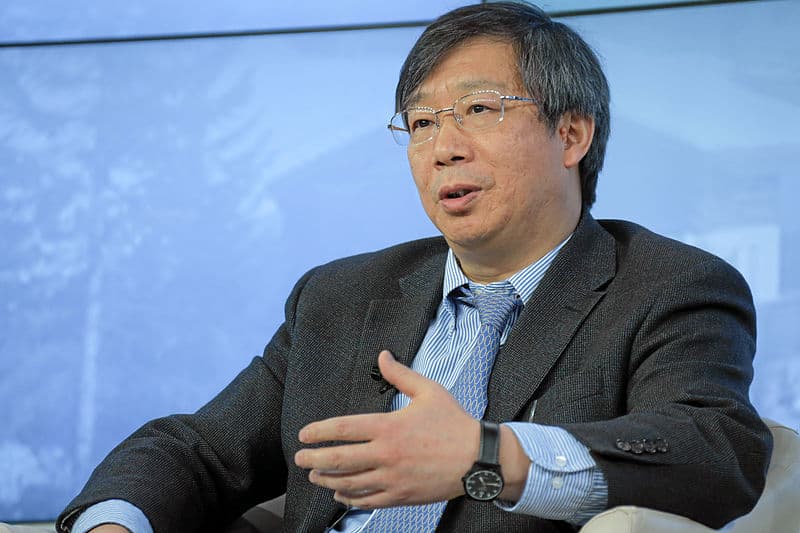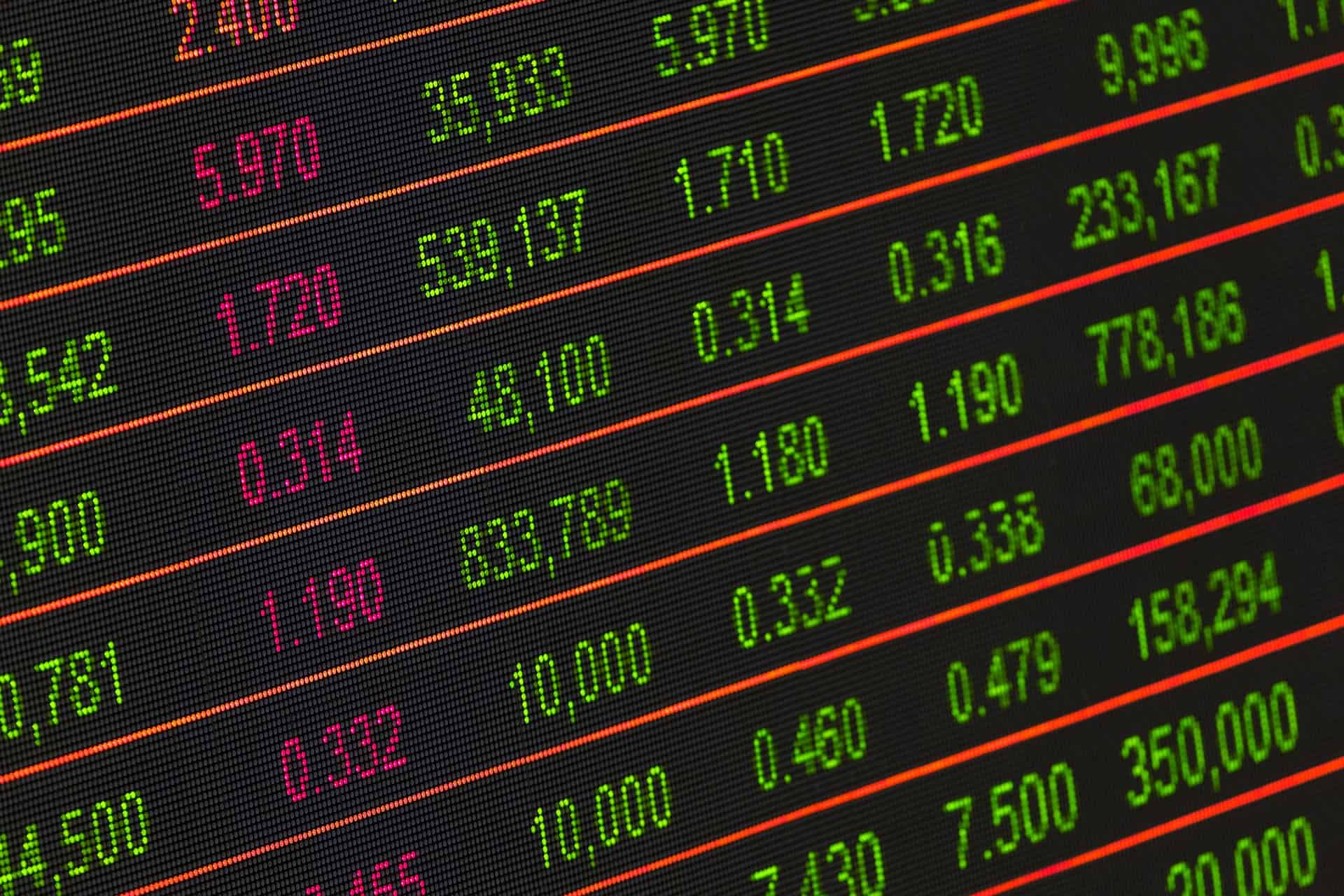Yi Gang (易纲), governor of the People’s Bank of China (PBOC), discussed a range of topics including monetary policy, the Chinese real estate market and the renminbi exchange rate during an appearance at the International Financial Leaders Investment Summit (国际金融领袖投资峰会) held by the Hong Kong Monetary Authority (HKMA) on 2 November.
Monetary policy
With regard to monetary policy, Yi said that the latest State Council report on financial work highlighted the ability of China to maintain normalised monetary policy and the stability of the yuan over the long term.
In terms of quantitative adjustments, PBOC will “maintain rationally ample liquidity, expand the intensity of credit support for the real economy, and maintain a fundamental correspondence between growth in the money supply and total social financing and nominal economic growth.”
Yi also highlighted efforts to “clear out monetary policy transmission mechanisms, strengthen the stability of credit growth, and help achieve the comprehensive effects of expanding investment, driving employment and expediting consumption.”
PBOC will “continue to deepen market-based reforms of interest rates, employ the role of loan prime rate (LPR) reforms, and further drive financial institutions to reduce real interest rates for loans, and reduce the comprehensive costs of financing for enterprises and personal consumer loans.”
As of the end of September the broad M2 money supply had grown 12% in year-on-year (YoY) terms, while total social financing and the renminbi loan balance had increased by around 10.5% and 11% respectively.
“At present, market interest rates are falling amidst stability, and the efficiency of the financial market’s allocation of resources is quite high,” Yi said. “At the same time, we are using structural monetary policy tools to expand the intensity of support for small-and-micro financial inclusion, rural village revitalisation, green development and other key areas and weak linkages.
“We will strive to support investment in capital upgrades and infrastructure, the results of which will become apparent in the fourth quarter.”
The renminbi exchange rate
“We will use actual market supply and demand as the foundation and make reference to a basket of currencies in implementing adjustments with our managed floating exchange rate system,” Yi said.
“Since the start of 2022, thanks to the long-term positive fundamentals of the Chinese economy as well as the firm implementation of normalised monetary policy in recent years, the renminbi has been relatively stable against a basket of currencies.
“There has been some depreciation against the US dollar, but [the yuan] has risen against other major currencies.”
In October the renminbi fell 770 basis points against the US dollar, from 7.0998 to around 7.1768.
Yi said that in future PBOC would “continue to uphold the decisive role of the market in exchange rate formation.”
“The renminbi exchange rate will continue to remain fundamentally stable at a rationally balanced level, and the value and purchasing power of the renminbi will remain stable,” he said.
Opening of the Chinese financial sector
Yi said that China would continue to “steadily expand the opening of the financial sector’s systems in terms of rules, regulations, management and standards, and actively participate in international financial cooperation and regulation.”
China will “further improve the management system for equal treatment (for foreign investors) and the negative list, and strive to operate a market-based, rule-of-law based, internationalised first-rate commercial environment.”
Yi also stressed the need to “strengthen property rights, and in particular intellectual property rights, and raise the investment confidence of financial markets.”
Hong Kong will continue to play a key role in the opening up of the Chinese financial sector, with Yi stating that it will remain a “key international financial centre in future” and a bridge between the mainland and international markets.
15 Hong Kong banks have established a total of 9 legal person banks in mainland China, alongside 14 direct branches and 3 representative offices, for a total of 454 operating branches.
China’s property market
Yi said that Chinese banks had provided vigorous lending support to the real estate sector in the wake of its recent debt woes.
As of the end of the third quarter of 2022, China’s real estate development loan balance stood at 12.67 trillion yuan, for YoY growth of 2.2%, and an acceleration of 2.4 percentage points compared to the end of the first half, as well as 1.3 percentage points compared to the end of last year.
The personal home loan balance was 38.91 trillion yuan, for YoY growth of 4.1%, 7.2 percentage points below the growth rate at the end of last year.
“The real estate sector relates to many upstream and downstream sectors,” Yi said. “The real estate sector is distinguished by very large regional differences, with municipal governments playing a key role in stabilising local real estate markets.
“The People’s Bank of China actively supports the healthy development of the real estate sector, by reducing personal home loan rates and the down payment ratio; encouraging banks to support the construction and delivery of housing that has already been sold, and supporting inelastic and improvement housing demand.”




